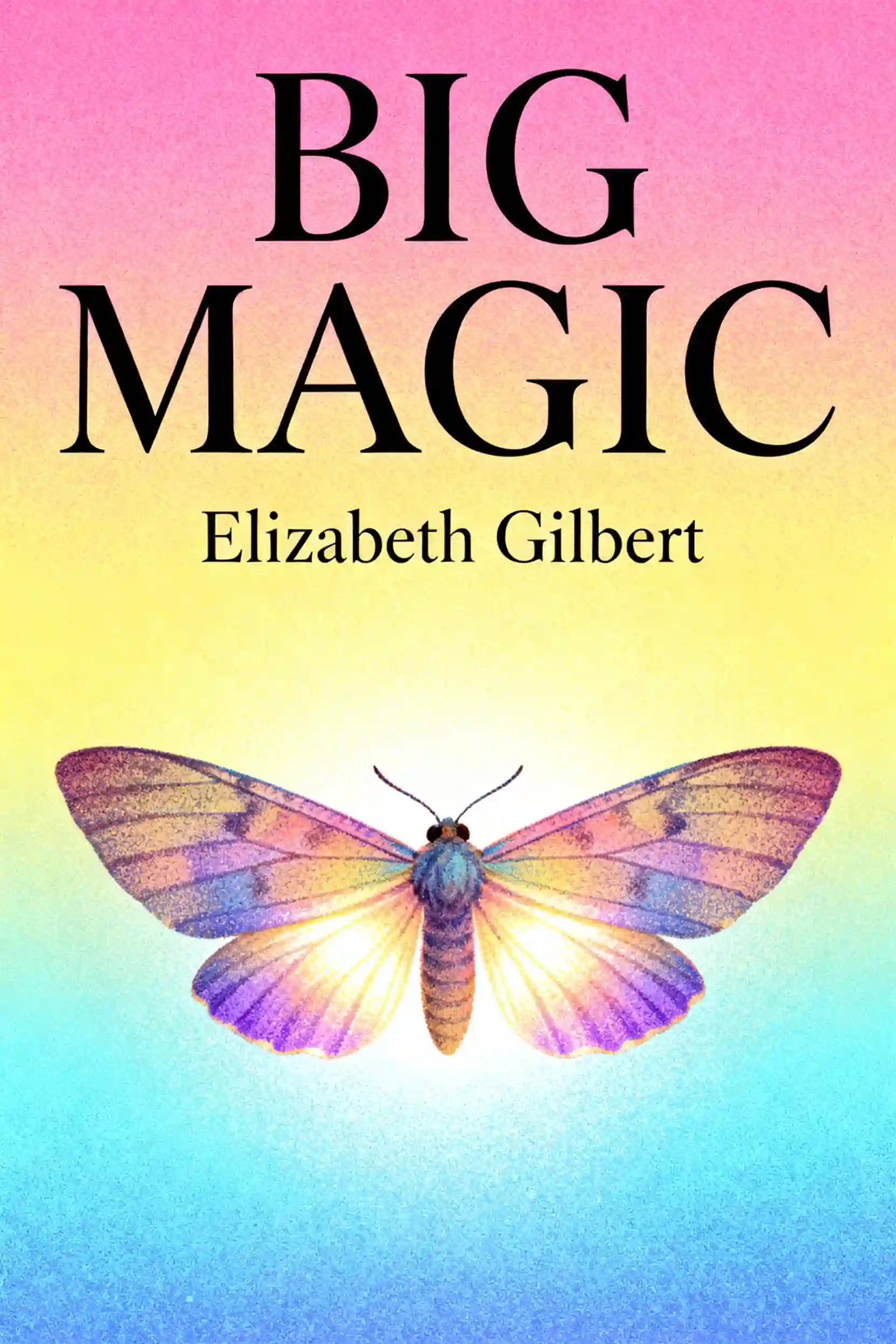Big Magic by Elizabeth Gilbert

Overview of Big Magic
Unlock your creative spirit with "Big Magic," Elizabeth Gilbert's transformative guide to fearless living. This cultural touchstone has inspired countless artists to embrace Gilbert's "stubborn gladness" philosophy - the radical idea that creativity isn't about perfection, but persistent joy in the process itself.
About its author - Elizabeth Gilbert
Elizabeth Gilbert is the bestselling author of Big Magic: Creative Living Beyond Fear and a celebrated advocate for embracing creativity with courage.
Known for her memoir Eat, Pray, Love—a global phenomenon that has sold over 12 million copies and inspired a 2010 film starring Julia Roberts—Gilbert explores themes of self-discovery, curiosity, and resilience across her works.
A veteran journalist, she honed her craft writing for Esquire, GQ, and The New York Times Magazine, earning National Magazine Award nominations for her profiles. Her nonfiction book The Last American Man was a National Book Award finalist, further cementing her reputation for blending personal narrative with insightful storytelling.
Gilbert’s TED Talks on creativity and her appearances on platforms like On Being amplify her influence in the self-help and motivational space. Born in Connecticut and educated at NYU, she intertwines her own transformative journeys, from bartending at Coyote Ugly to global travels, into her empowering guides.
Eat, Pray, Love remains translated into more than 30 languages, solidifying her status as a defining voice in modern personal growth literature.
Key Takeaways of Big Magic
- Creativity thrives through collaboration with ideas as living, energy-based entities.
- Courage—not fearlessness—fuels creative living by embracing fear as a companion.
- Permission to create stems from inherent self-worth, not external validation.
- Discipline and playful persistence sustain creativity more reliably than fleeting inspiration.
- Curiosity drives meaningful creative work better than corrosive passion or suffering.
- Reject the "tortured artist" myth; prioritize joy and trickster energy instead.
- Neglected ideas depart to find collaborators willing to nurture them fully.
- Creative success demands consistent effort over genius or waiting for inspiration.
- Build a non-negotiable creative contract to protect your practice from doubt.
- Creative living requires trusting mystery and magic over rigid perfectionism.
- Everyone owns an equal right to create without credentials or approval.
- Creativity blooms when prioritizing process-driven enchantment over outcome-focused anxiety.




















